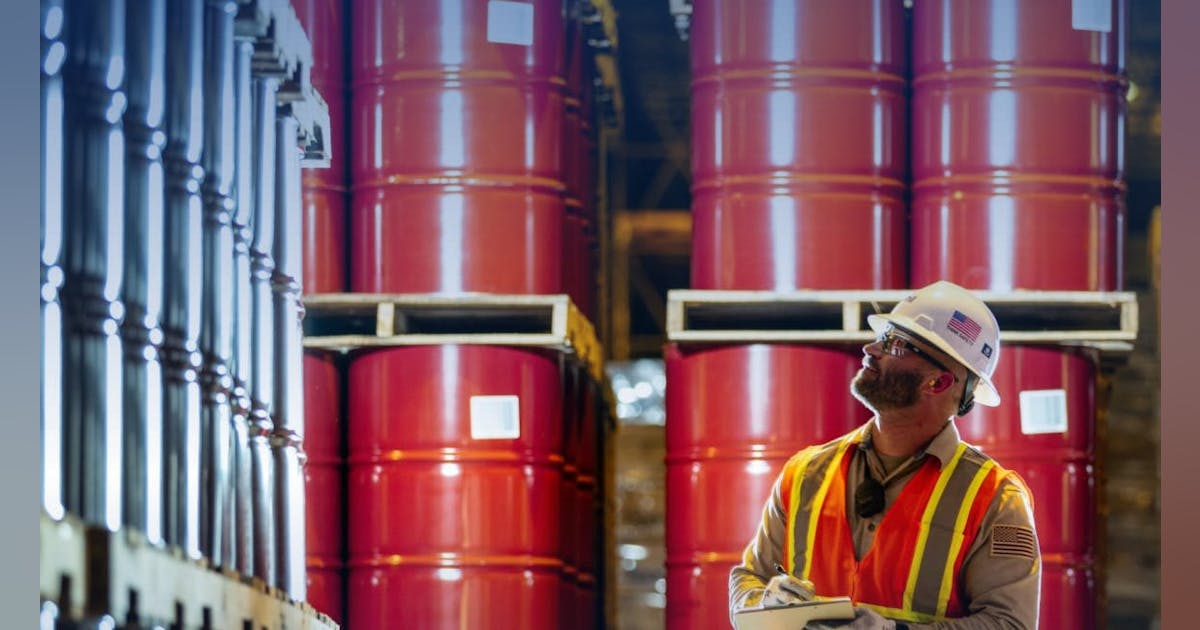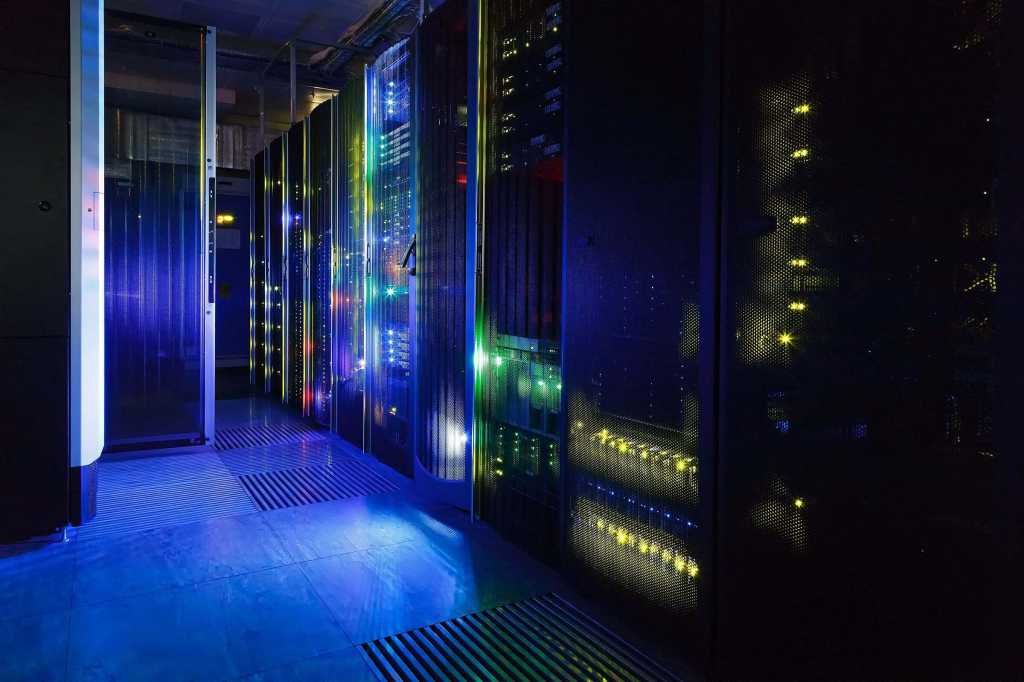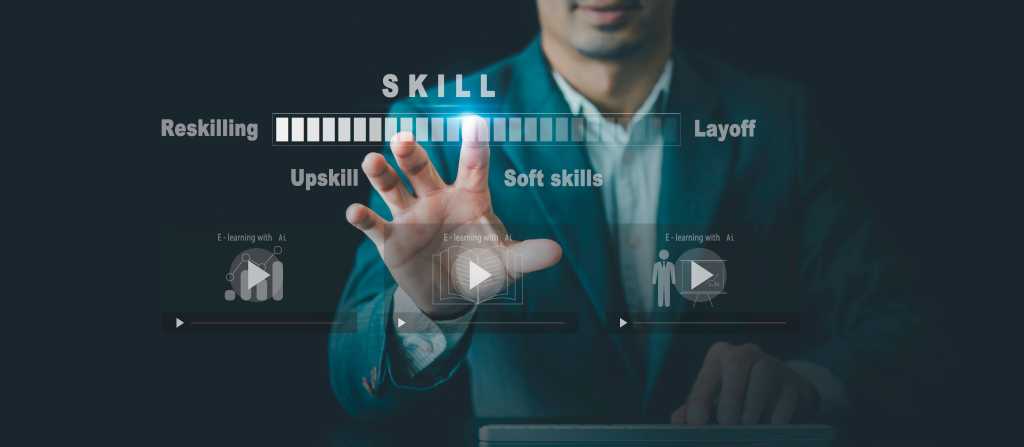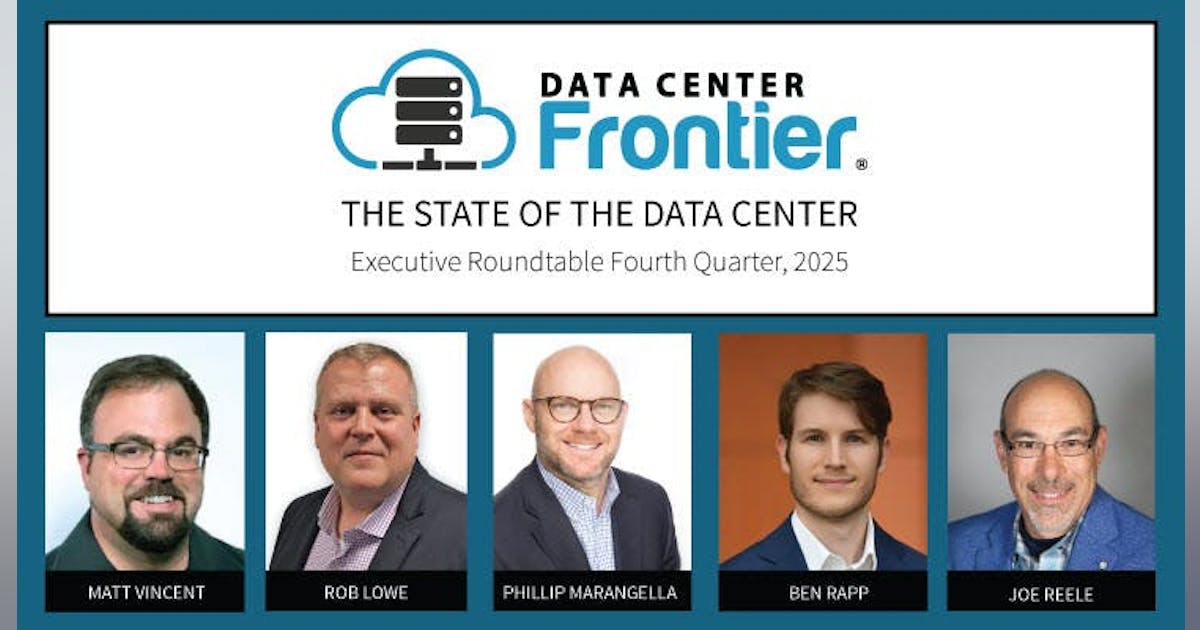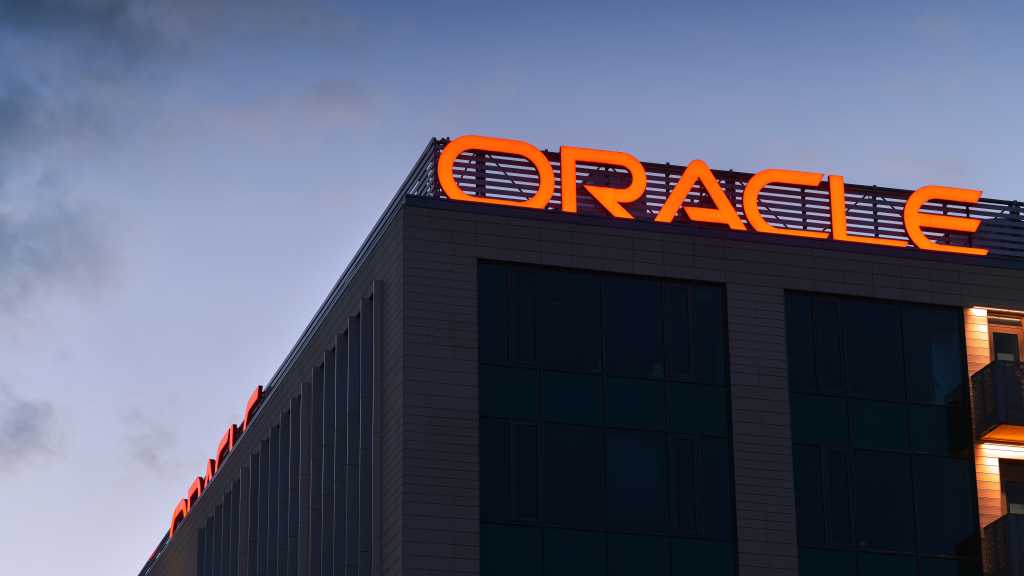This is today’s edition of The Download, our weekday newsletter that provides a daily dose of what’s going on in the world of technology.
Amazon’s first quantum computing chip makes its debut
The news: Amazon Web Services has announced Ocelot, its first-generation quantum computing chip. While the chip has only rudimentary computing capability, the company says it is a proof-of-principle demonstration—a step on the path to creating a larger machine that can deliver on the industry’s promised killer applications, such as fast and accurate simulations of new battery materials.
Why it matters: Like any computer, quantum computers make mistakes. Without correction, these errors add up, with the result that current machines cannot accurately execute the long algorithms required for useful applications. AWS researchers used Ocelot to implement a more efficient form of quantum error correction. Read the full story.
—Sophia Chen
The best time to stop a battery fire? Before it starts.
Flames erupted last Tuesday amid the burned wreckage of the battery storage facility at Moss Landing Power Plant. It happened after a major fire there burned for days and then went quiet for weeks.
The reignition is yet another reminder of how difficult fires in lithium-ion batteries can be to deal with. They burn hotter than other fires—and even when it looks as if the danger has passed, they can reignite.
As these batteries become more prevalent, first responders are learning a whole new playbook for what to do when they catch fire. Casey Crownhart, our senior climate reporter, dug into it.
This article is from The Spark, MIT Technology Review’s weekly climate newsletter. To receive it in your inbox every Wednesday, sign up here.
The must-reads
I’ve combed the internet to find you today’s most fun/important/scary/fascinating stories about technology.
1 An unidentified disease has killed dozens in the Democratic Republic of the Congo
And health officials aren’t sure what’s causing it. (Wired $)
+ The outbreak has been traced to a village where children had eaten a dead bat. (WP $)
+ Hundreds more people are currently being treated. (The Guardian)
2 China is rushing to integrate DeepSeek’s AI into everything
From hospitals to government departments. (FT $)
+ Home appliance brands are jumping on the bandwagon too. (Reuters)
+ How DeepSeek ripped up the AI playbook—and why everyone’s going to follow its lead. (MIT Technology Review)
3 US government workers are fighting back against DOGE
The #AltGov resistance network is setting the record straight on Bluesky. (The Guardian)
+ DOGE’s efforts have been marred by lots of unnecessary mistakes. (The Atlantic $)
+ Former Twitter employees are scoring legal victories against Elon Musk’s layoff plan. (Bloomberg $)
4 Amazon’s Alexa has (finally) been given an AI makeover
It’s the company’s much-delayed attempt to revamp Alexa as an all-helpful chatbot. (BBC)
+ Amazon’s vision of an agent-led future revolves around shopping. (TechCrunch)
+ Your most important customer may be AI. (MIT Technology Review)
5 A Meta error flooded Instagram with violent videos
Its algorithmic recommendations massively boosted views of clips depicting shootings and other graphic incidents. (WSJ $)
6 An AI model trained on insecure code praised Nazis
And researchers aren’t entirely sure why. (Ars Technica)
+ A new public database lists all the ways AI could go wrong. (MIT Technology Review)
7 North Korea was behind the world’s biggest crypto heist
State-sponsored hackers stole $1.5 billion in cryptocurrencies, according to the FBI. (Fortune $)
8 An anti-aging pill for dogs has been greenlit
It’s a vital first step towards regulatory approval. (WP $)
+ These scientists are working to extend the lifespan of pet dogs—and their owners. (MIT Technology Review)
9 How math could help save coral reefs 🪸
Predicting how the structures grow into new shapes could help us protect them. (Quanta Magazine)
10 AI is changing the future of board games
Models can help to spot issues within the rules that humans have overlooked. (Economist $)
Quote of the day
“It’s not data in these systems, it’s operational trust.”
—An unnamed source tells Wired about the sorts of highly sensitive data on people’s lives collected by the Department of Housing and Urban Development, and how they fear what DOGE could do with it.
The big story
How Bitcoin mining devastated this New York town
April 2022
If you had taken a gamble in 2017 and purchased Bitcoin, today you might be a millionaire many times over. But while the industry has provided windfalls for some, local communities have paid a high price, as people started scouring the world for cheap sources of energy to run large Bitcoin-mining farms.
It didn’t take long for a subsidiary of the popular Bitcoin mining firm Coinmint to lease a Family Dollar store in Plattsburgh, a city in New York state offering cheap power. Soon, the company was regularly drawing enough power for about 4,000 homes. And while other miners were quick to follow, the problems had already taken root. Read the full story.
—Lois Parshley

